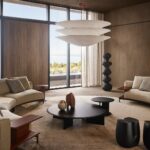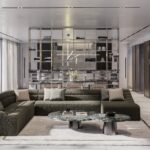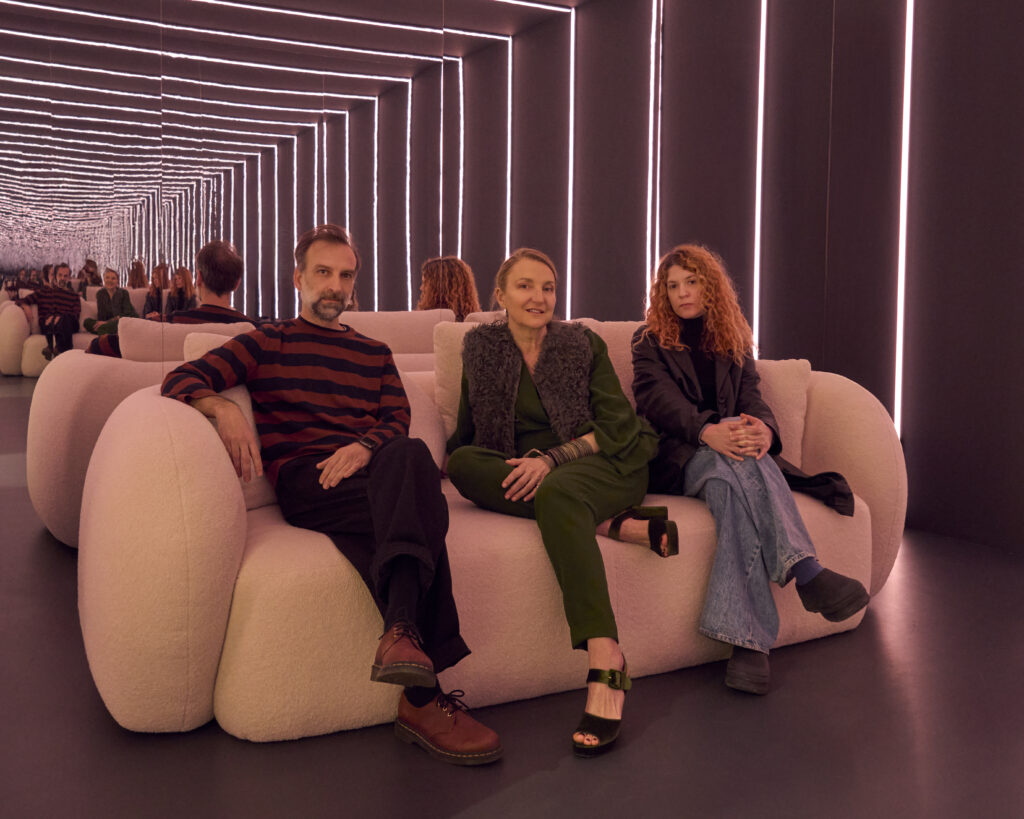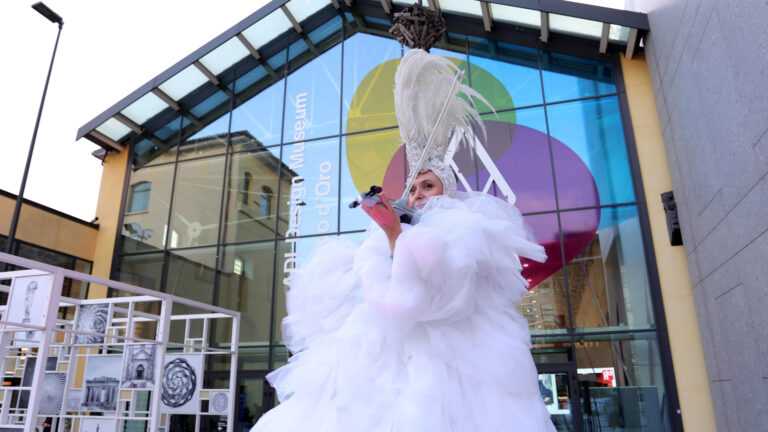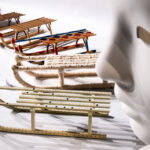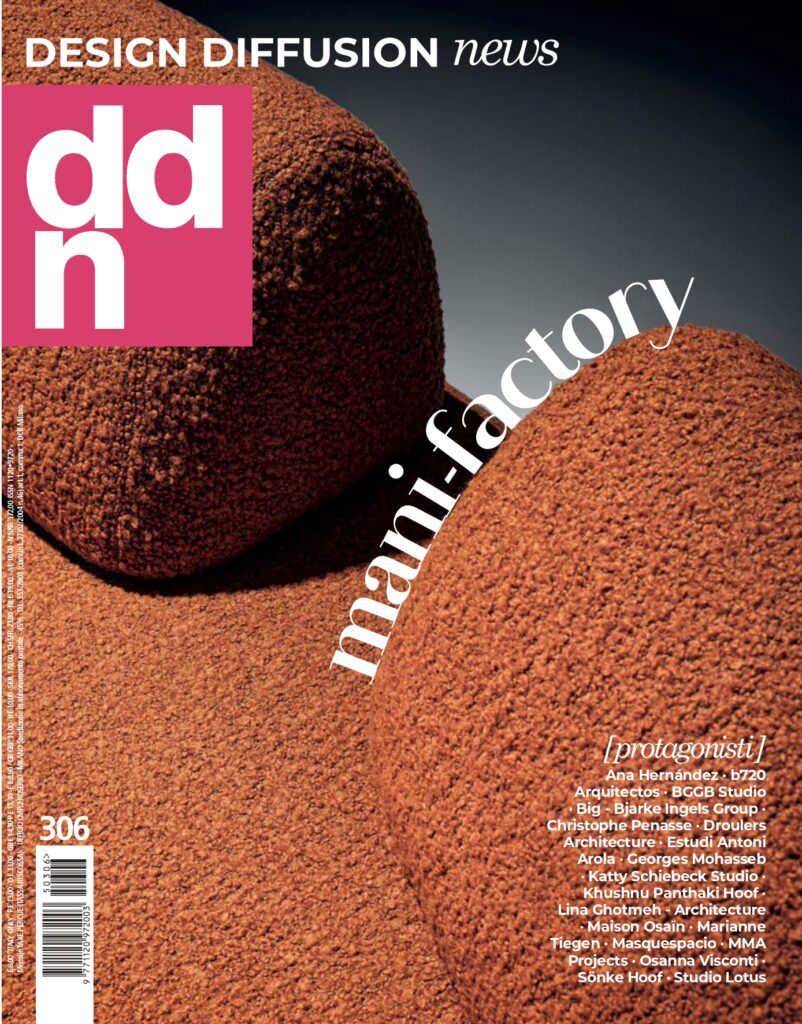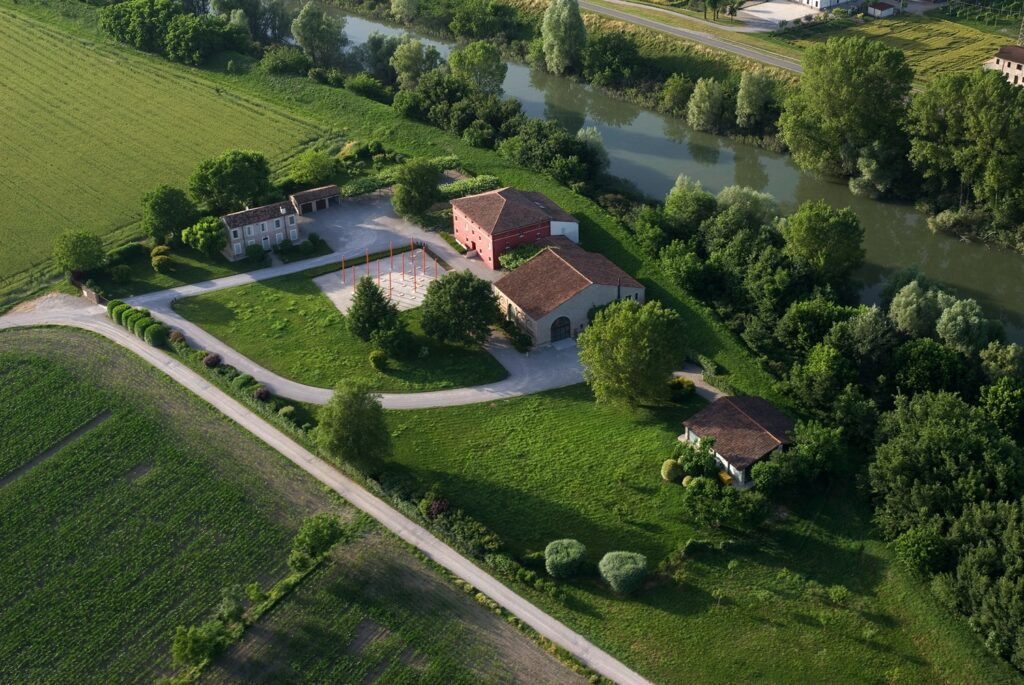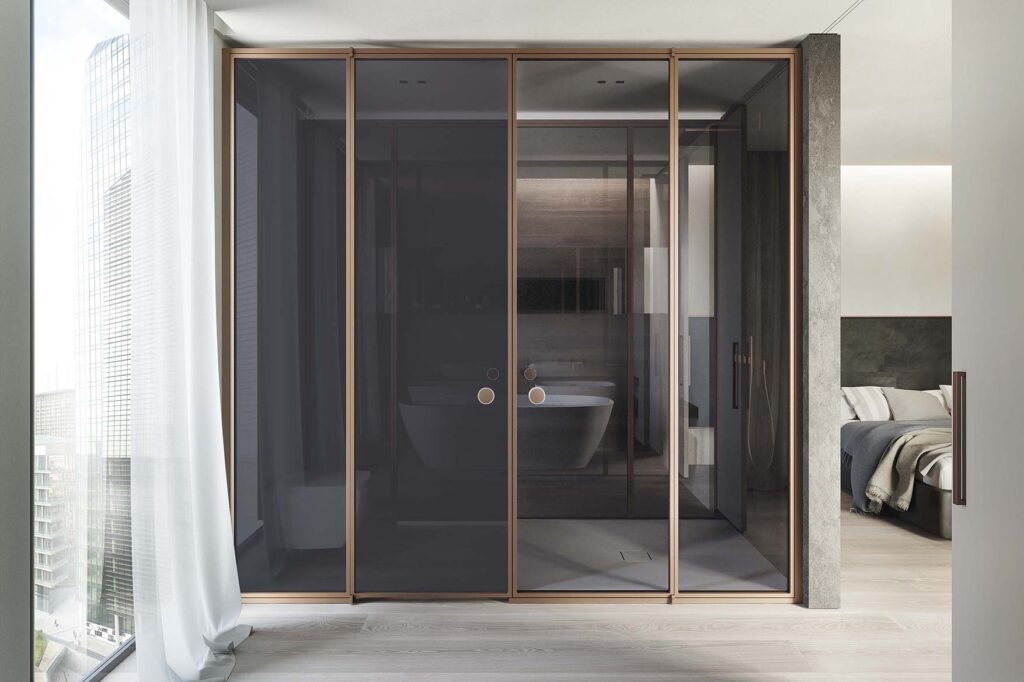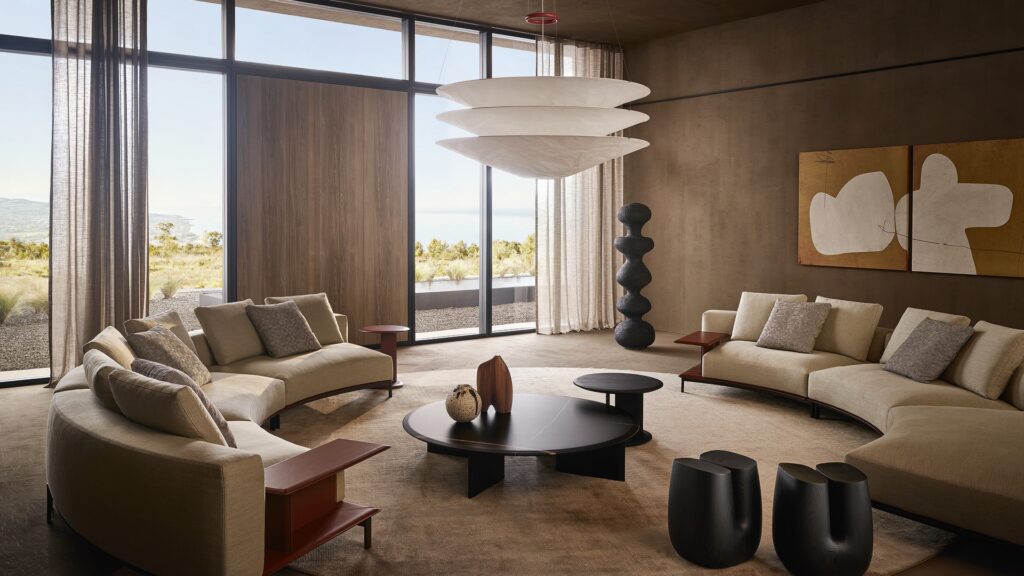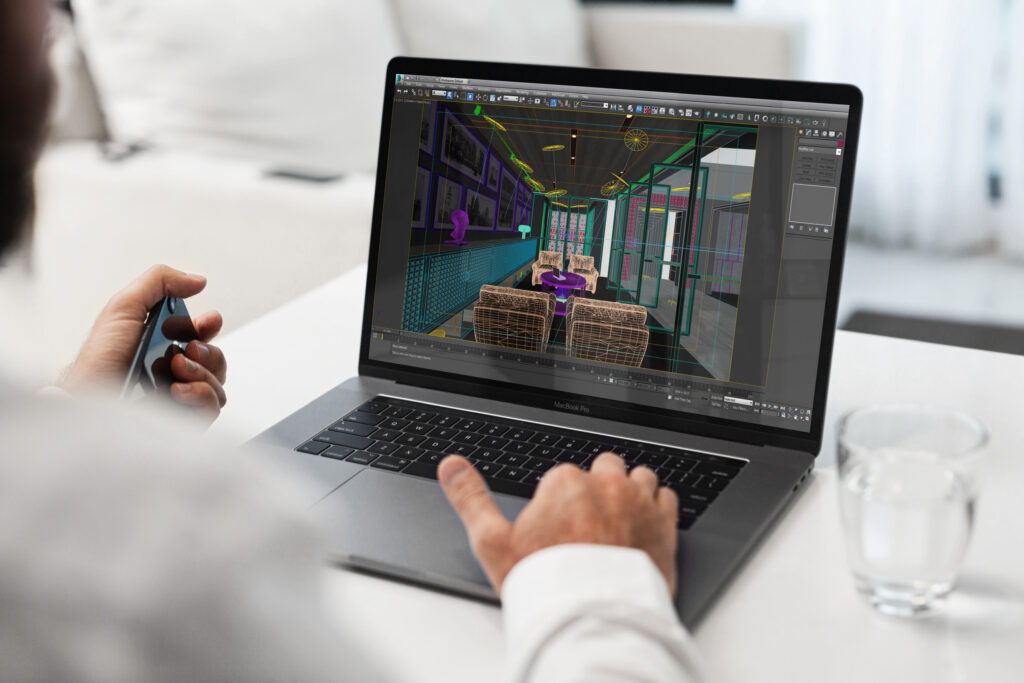Interview with the studio founded by Alberto Saggia and Stefania Kalogeropoulos, based in Milan
Anonima/Luci is the studio founded by Alberto Saggia and Stefania Kalogeropoulos. Established in Milan in 2018, it develops its work around light and product design.
Alberto is an industrial designer specialized in lighting design, while Stefania is an architect with a master’s degree in lighting and exhibition design. Together, they have a particular inclination for installations and artistic experimentation that combine lasers, sound, and electric impulses, with a more engineering-oriented approach marked by a distinct architectural and ephemeral character.
Among their installations, “444 Linee” stands out as their first solo exhibition, held at BDC space in Parma. The show includes both site-specific installations and small-scale light art projects.
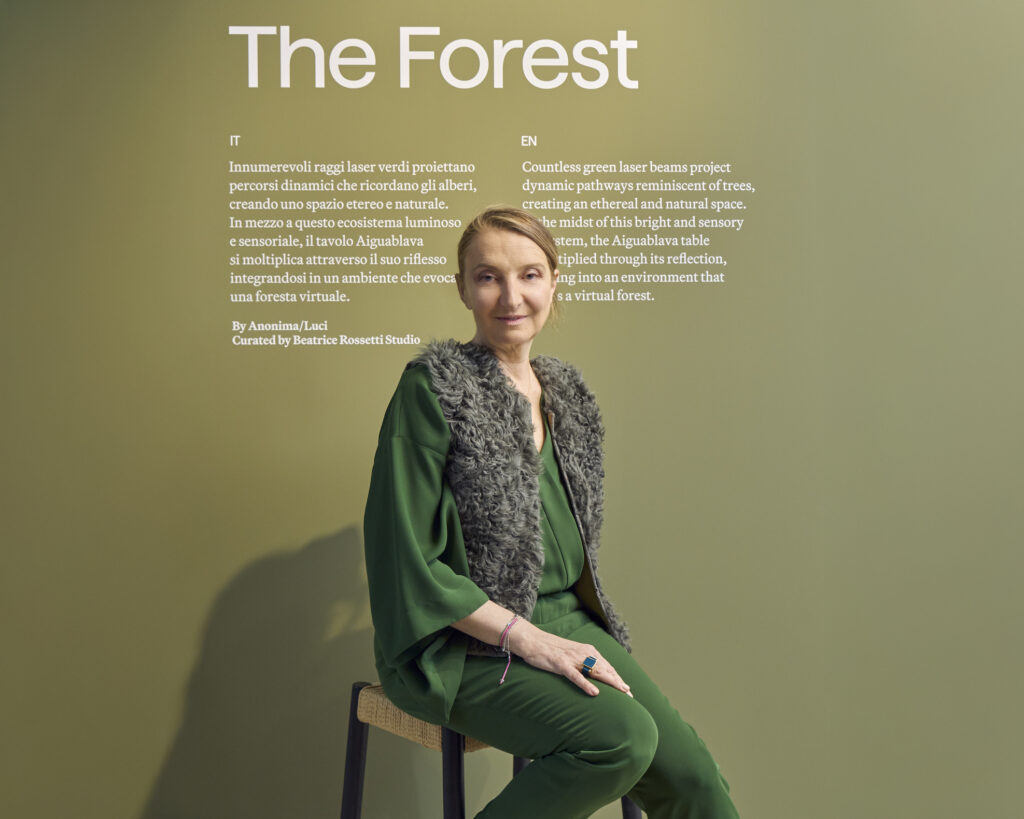
The interview
How did Anonima/Luci come to life? What brought you together, and what was the first project that made you say, “Yes, we’re a duo”?
the Anonima/Luci project began very naturally, almost spontaneously, as often happens when you share similar sensitivities and a common vision of light as an expressive language. We met thanks to a series of fortunate coincidences – different but complementary worlds: one more related to product design and technology, the other to architecture and experiential design.
The real glue was an interest in light understood not only as function, but as narrative matter, able of transforming space and engaging the senses. The idea of ‘doing something together’ was born talking about this, imagining a free, experimental design, not bound by conventions. The first real project that made us say “yes, we are a duo” was Effimero Effetto. It was there that we realised how solid and stimulating our design dialogue was. In that work, we experimented for the first time with the use of light as a sensory tool, building an environment that was as much installation as experience. We did not just illuminate a space: we built a story made of light, sound and perception.
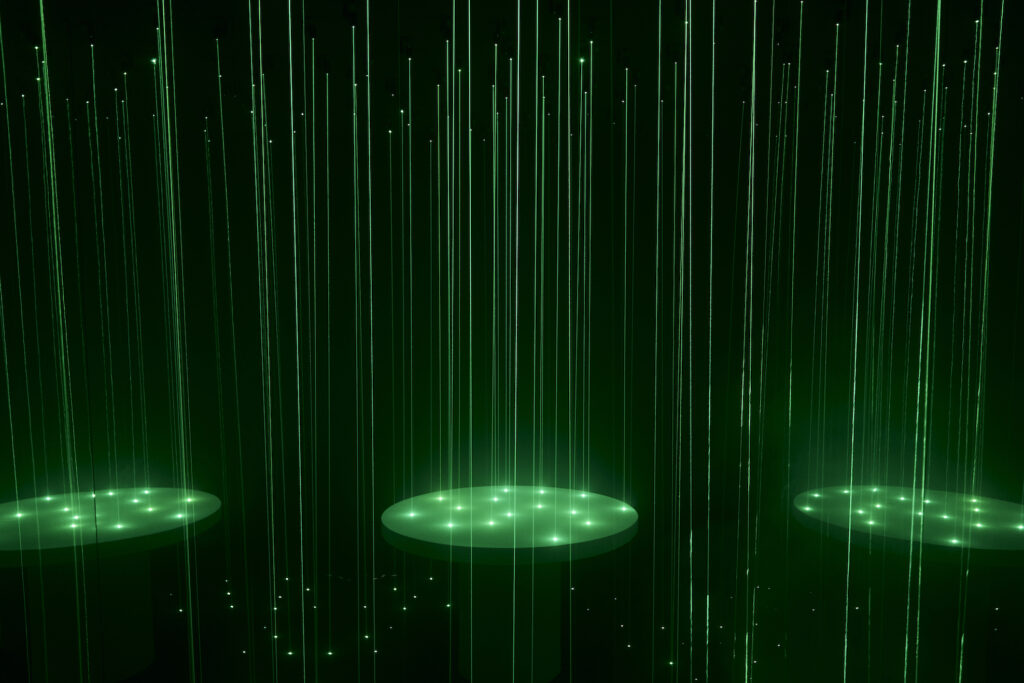
Your work often strikes a delicate balance between form and atmosphere. If you had to describe your design philosophy in three keywords, what would they be? And what role does light play in your creative process?
Three key words to describe our design philosophy? Perception, immersion, precision.
Perception is the starting point: we are interested in how light modifies space, changes its reading, suggests different meanings depending on intensity, direction or temperature/colour. With light we narrate, not simply illuminate. Immersion because each of our projects seeks to involve the senses, to draw the beholder into an experience. Light, for us, is a medium that unites the visible with the invisible, an intangible but very powerful material for generating emotions and connections.
And finally precision: every intervention, even the most spontaneous or poetic, is the result of a technical and rigorous process. We study the environment, the materials, the technologies, because light is never random. It is always the result of a choice. In our creative process, light is the starting point and the point of arrival. It is the tool that allows us to sculpt space, to create rhythm, silence, accents. It is a living material with which we build atmospheres and visions.
Your installation for Kave Home during Milan Design Week introduced a new, almost sensorial idea of living space. What was the starting point for building this story?
The concept of the installations for Kave Home during Milan Design Week came from Beatrice Rossetti, journalist and interior stylist who had already collaborated with Kave Home last year, and who also curated the project for MDW 2025.
Beatrice described to us her desire to explore how light can transform living space into an immersive sensory experience. We wanted to create an environment in which light, sound and scent come together to create a multi-sensory installation, in which the furniture becomes the protagonist, one specifically for outdoor, the other for indoor.

Our design philosophy is based on the idea that light is not just a functional element, but an expressive medium able to evoke emotions and shape the atmosphere. In this installation, we used light to sculpt space, create rhythm and accents, and guide the visitor through a unique sensory journey. Working with Kave Home, we had the opportunity to work on a more intimate scale than our usual projects, focusing on the detail and interaction between light and furnishings. This allowed us to deepen our research into perception and immersion, key elements of our practice.
What was it like collaborating with a brand like Kave Home? Did you feel free to experiment, or was the process guided by a strict brief?
Working with Kave Home has been stimulating and surprisingly smooth. Right from the start, we perceived a great openness towards our vision: rather than imposing a rigid brief on us, we were given a framework within which to move freely, leaving room for our design interpretation.
The brand showed great trust in our approach, allowing us to bring light to the centre of the spatial and sensorial narrative. This allowed us not only to experiment with languages and technologies that belong to us, but also to adapt them to a different, more domestic, more intimate scale.
The dialogue with curator Beatrice Rossetti and the Kave Home team was constant and constructive: we worked in synergy, sharing visions and sensibilities. This type of collaboration allowed us to push the project beyond the decorative aspect, making it a true immersive story, where light does not simply accompany the product, but enhances and reinterprets it.
In short, it was a valuable opportunity to unite different worlds, with a common goal: to transform space into an experience.

